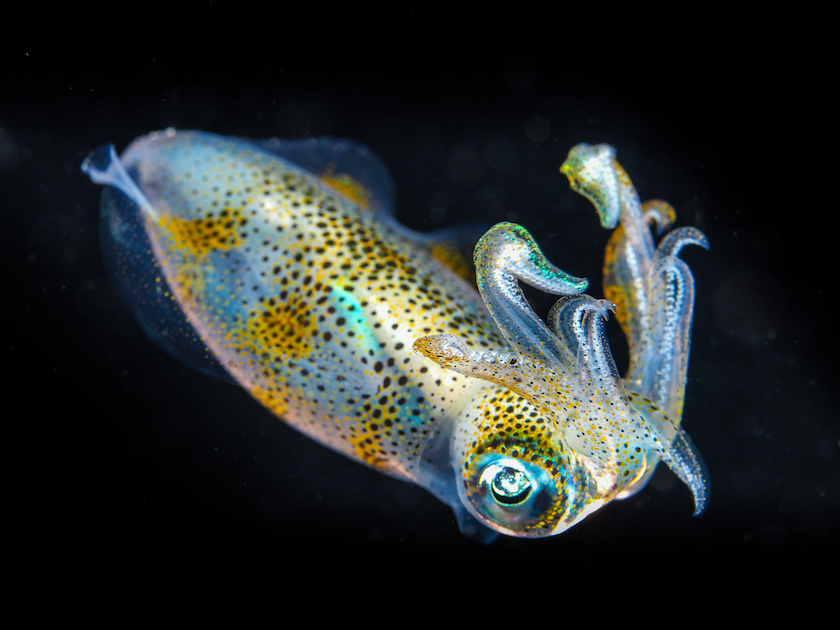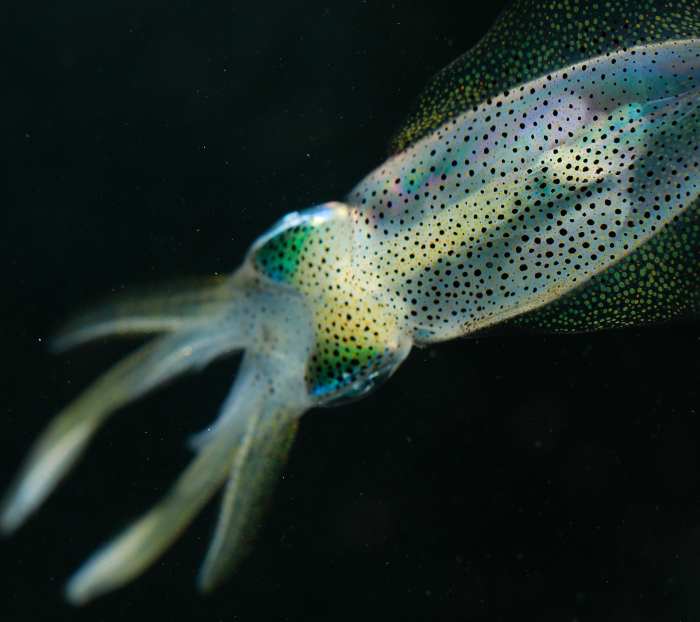

Squids can look different from one another, depending on the species, but in general all squid have an elongated, tubular body called the mantle which ends at a somewhat flattened head. Squids belong to the order Teuthida, a term that comes from the Greek word for fierce. They are members of the superorder Decapodiformes, which is derived from the Greek words for 10 feet. The class name comes from the Greek words for head and foot. All are cephalopods, which means they are members of the scientific class Cephalopoda, along with octopuses and cuttlefish. Squid Scientific Nameīecause so many different kinds of squids exist, there are hundreds of different scientific names for them. You can check out more incredible facts about squids.

#Group of squids skin
Some squid have special cells in their skin that allows them to change colors.Although they have some things in common with octopuses, a squid and an octopus are completely different animals. Squid usually live about 3 to 5 years, but some large squid have been known to live as long as 15 years. They eat a range of different foods, including tiny animals such as krill, some fish, and even each other. They are found in all of the oceans throughout the world, including n the freezing cold Antarctic waters. There are about 300 different species of squid. The eyeball of a giant squid is about 10.5 inches (26.67 cm) in diameter, about the same size as a soccer ball!


 0 kommentar(er)
0 kommentar(er)
